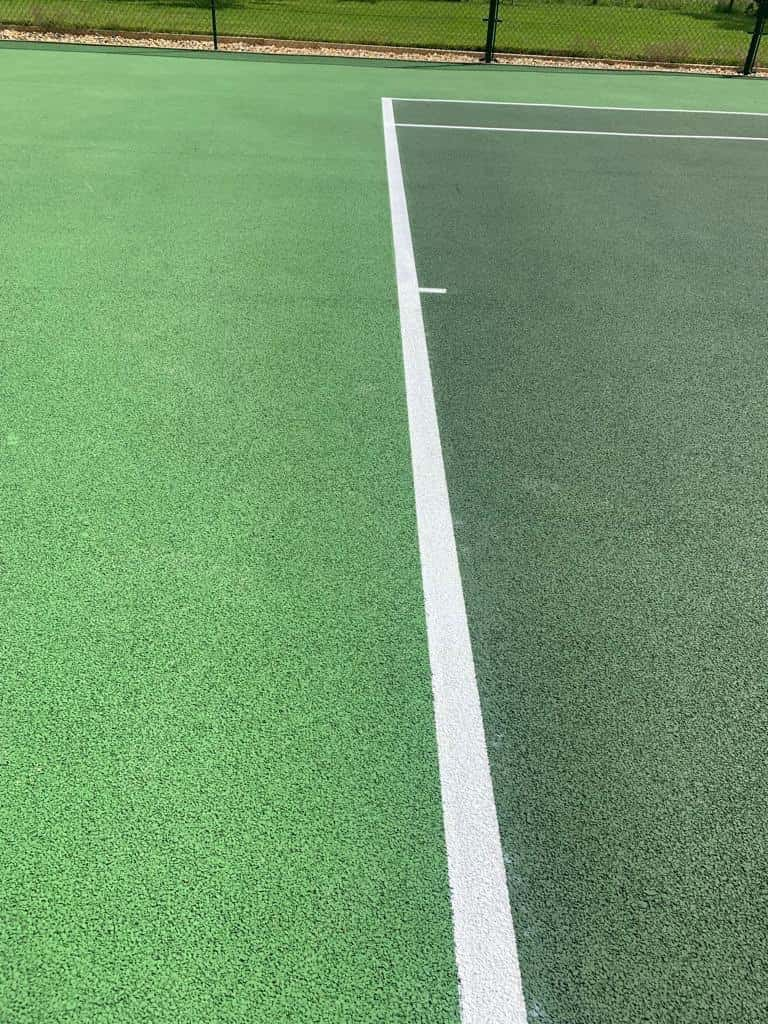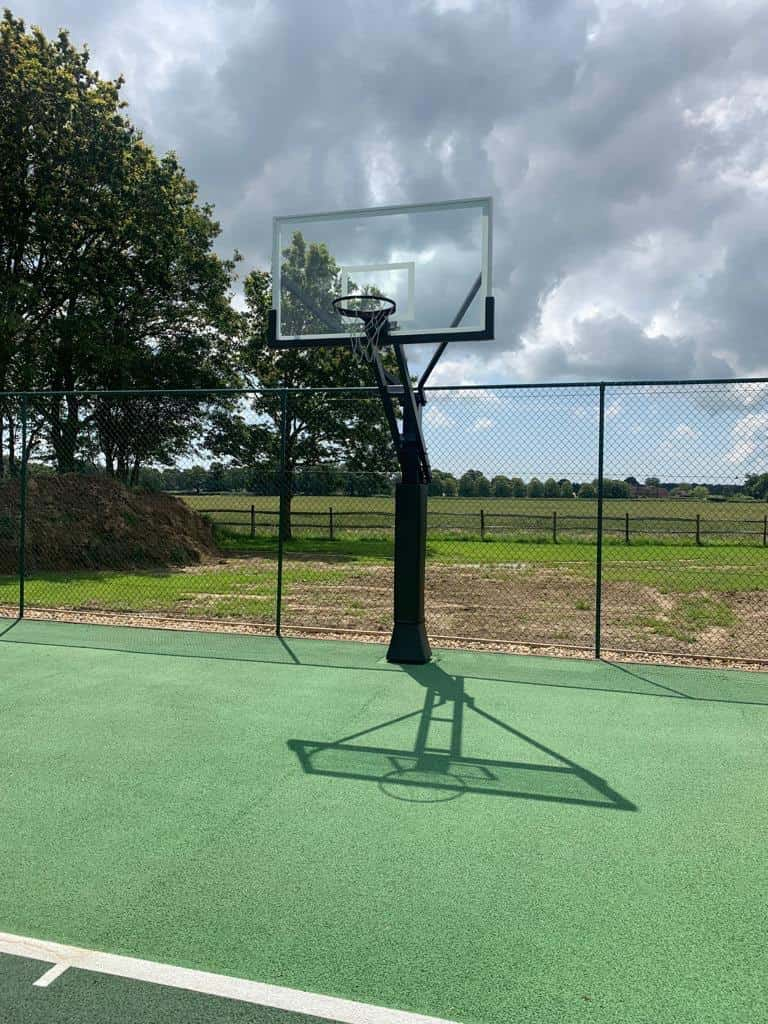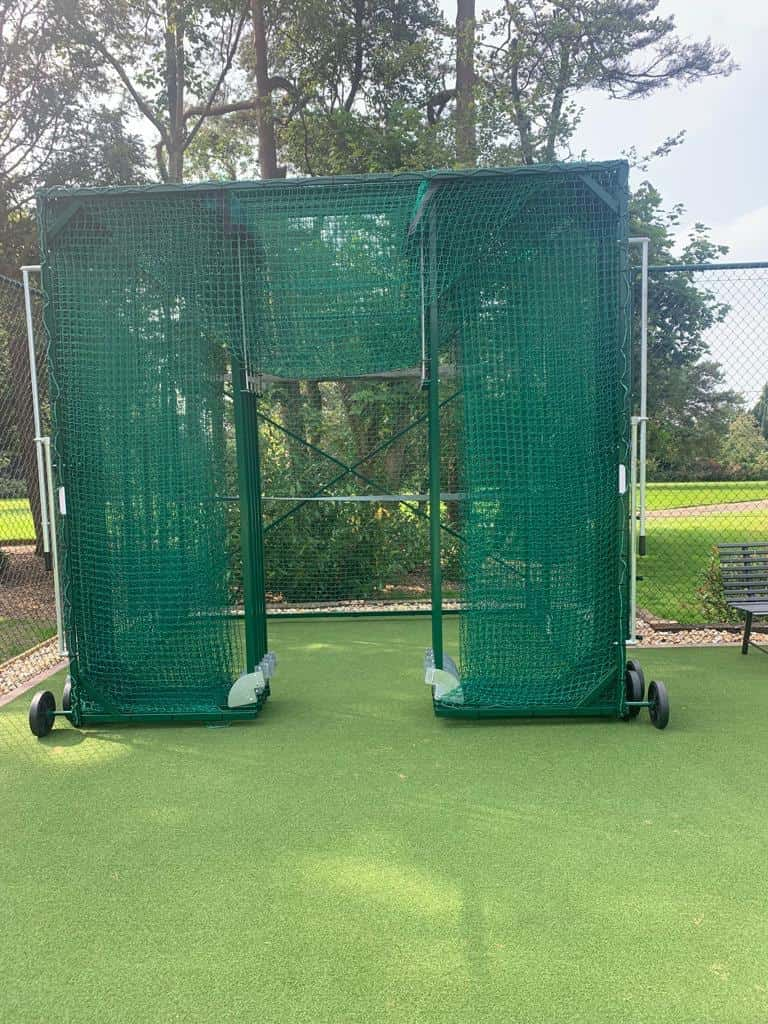Tennis courts are subject to significant wear and tear over time, particularly when exposed to heavy use and varying weather conditions. Regular maintenance is essential to ensure the court remains safe and functional. Resurfacing is one of the most effective ways to enhance both the safety and playability of a tennis court. For property owners in Kent, investing in resurfacing services can extend the life of your court while offering a superior playing experience.
Understanding Tennis Court Resurfacing
Resurfacing involves repairing damage to the court’s surface and applying a new layer of material, such as acrylic or synthetic coatings, to restore its original condition. This process not only revitalises the court’s appearance but also addresses structural issues that may affect performance and safety.
Key Benefits of Tennis Court Resurfacing
1. Enhanced Safety for Players
Over time, cracks, uneven surfaces, and worn areas can develop on a tennis court, increasing the risk of slips, trips, and falls. Resurfacing eliminates these hazards by:
- Filling cracks and holes to create a smooth, even surface.
- Improving traction to reduce the likelihood of slipping, especially during wet conditions.
- Ensuring consistent ball bounce to minimise unpredictable movements that could lead to injuries.
2. Improved Playability
A well-maintained court provides a better playing experience for athletes of all levels. Resurfacing enhances playability by:
- Restoring the court’s surface texture for optimal ball speed and bounce.
- Ensuring consistent performance across the entire playing area.
- Reducing wear on players’ footwear and equipment.
3. Prolonged Court Lifespan
Neglecting surface damage can lead to deeper structural issues that require more extensive and costly repairs. Resurfacing helps protect the underlying foundation, extending the court’s lifespan and saving money in the long term.
4. Enhanced Aesthetic Appeal
A freshly resurfaced tennis court improves the overall appearance of your property. Whether the court is located at a private residence, sports club, or educational institution, a well-maintained surface reflects professionalism and attention to detail.
5. Compliance with Regulations
For competitive play, tennis courts must meet specific standards for surface quality and markings. Resurfacing ensures compliance with these regulations, making the court suitable for hosting matches and tournaments.
When Should You Resurface Your Tennis Court?
The frequency of resurfacing depends on factors such as usage, weather exposure, and the type of surface. Common indicators that resurfacing is needed include:
- Visible cracks, chips, or fading.
- Uneven surfaces or pooling water.
- Loss of traction or grip.
- Inconsistent ball bounce or speed.
For most courts, resurfacing every 4–8 years is recommended to maintain optimal performance and safety.
The Resurfacing Process
Professional tennis court resurfacing involves the following steps:
1. Assessment and Preparation
The process begins with a thorough inspection of the court to identify damage and determine the appropriate resurfacing materials. The surface is then cleaned and prepared by removing debris, moss, and loose particles.
2. Repairs
Cracks, holes, and other imperfections are repaired using specialised materials to create a stable foundation.
3. Application of Resurfacing Layers
Multiple layers of resurfacing material are applied to restore the court’s surface. These layers may include an acrylic coating or synthetic material, depending on the type of court.
4. Line Markings
Precise line markings are added to ensure the court meets regulatory standards for competitive play.
5. Final Inspection
Once the resurfacing is complete, the court is inspected to ensure quality and safety standards are met.
Why Professional Resurfacing Is Essential
Attempting DIY repairs can lead to uneven surfaces and poor-quality finishes that compromise safety and playability. Hiring experienced professionals ensures:
- Use of high-quality materials suited to your court type.
- Proper application techniques for a durable and even finish.
- Adherence to safety and regulatory standards.
Conclusion
Resurfacing your tennis court is a crucial step in maintaining safety and enhancing the playing experience. By addressing surface damage and restoring performance, resurfacing ensures your court remains a valuable asset for years to come. For expert tennis court resurfacing services in Kent, contact Tennis Court Construction Kent. Let us help you create a safe, professional, and visually stunning court tailored to your needs.
Call us on: 01580 234 693
Click here to find out more about Tennis Court Construction Kent
Click here to complete our contact form and see how we can help with your court needs.



